Acrylic
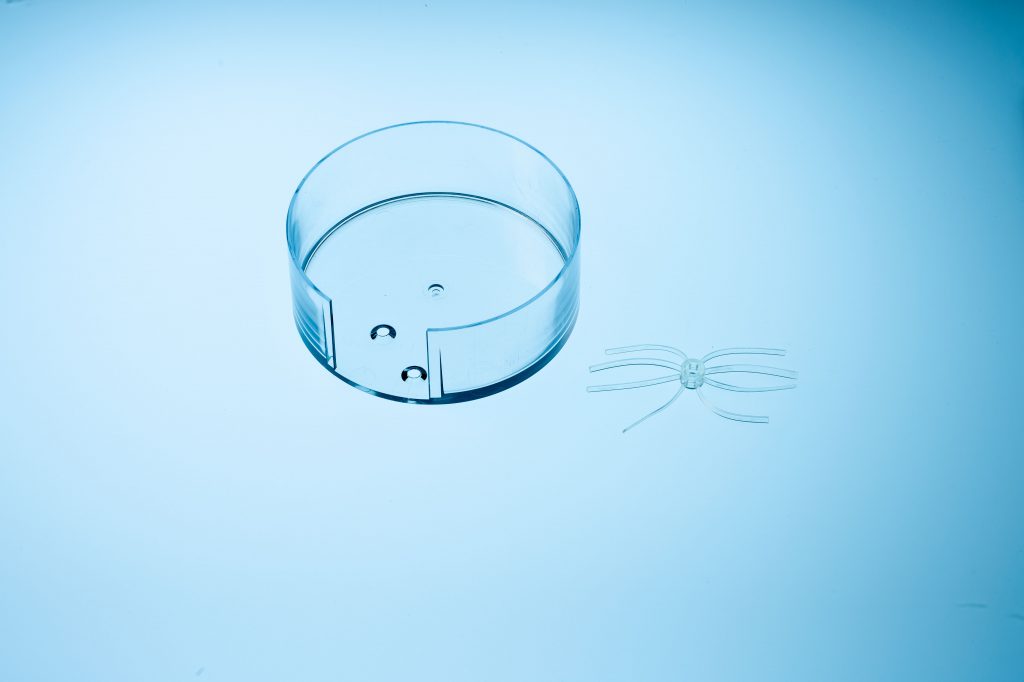 Acrylic is one of the clear plastic molding materials the Rebling team is experienced at. Rebling has plastic injection molded acrylic for a variety of applications including lighting equipment, housewares and medical devices. If you are interested in acrylic molding, let’s first examine what acrylic material is. Acrylics are synthetic plastic materials that contain at least one derivative of acrylic acid. Acrylic material was first created in 1843 and patented nearly 100 years later by German chemist Otto Rohm The most common acrylic plastic is polymethyl methacrylate (PMMA).
Acrylic is one of the clear plastic molding materials the Rebling team is experienced at. Rebling has plastic injection molded acrylic for a variety of applications including lighting equipment, housewares and medical devices. If you are interested in acrylic molding, let’s first examine what acrylic material is. Acrylics are synthetic plastic materials that contain at least one derivative of acrylic acid. Acrylic material was first created in 1843 and patented nearly 100 years later by German chemist Otto Rohm The most common acrylic plastic is polymethyl methacrylate (PMMA).
Typical of part requirements for acrylic applications is the high degree of optical clarity and light transmittance afforded by these molding compounds. Light transmittance is 92%, which is comparable to optical quality glass. These optically clear plastics withstand exposure to UV radiation and will not discolor or fade when exposed to light. Acrylic material is also readily available in translucent and opaque colors that can be formed using the plastic injection molding process. Molding metal inserts into acrylic, commonly referred to as insert molding, is routinely performed at Rebling.
Properties of Acrylic
In addition to the glass-like optical qualities of acrylic, the material is also noted for its resistance to ultraviolet and fluorescent lighting effects, excellent weatherability, and resistance to scratching. Several grades of acrylic material are suitable for food contact use, and because it is odorless and tasteless, it is used in applications such as refrigerator drawers and food storage containers. These molding compounds resist water, alkaline solutions, and weak acids but are dissolved by most organic solvents such as strong hydrocarbons, esters, and ketones.
Acrylic material has a Tensile Strength in the range of 8000-10,000 psi; a Flexural Modulus in the range of 425,000 psi and a Heat Deflection Temperature of over 210°F for some heat resistant grades.
Copolymerizing acrylic with other monomers can alter its properties. For example, the addition of ABS significantly improves impact strength. When acrylic is blended with polycarbonate, the resulting impact strength of the copolymer is higher than polycarbonate by itself. The impact strength of acrylic and its copolymers decreases, however, as the ambient temperature decreases.
Belonging to the class of amorphous thermoplastics, Acrylic possesses predictable material shrinkage values. Close tolerances are readily achievable with this material when using the plastic injection molding process at Rebling. High flow formulations necessary for molding thin-walled, difficult to fill parts are utilized by Rebling.
Secondary Operations for Acrylic parts
Acrylic can be decorated using pad printing, hot stamping, and silk screening processes. Rebling has joined plastic injection moldings using both ultrasonic welding and solvent welding techniques. Machining operations; such as drilling, threading, tapping, routing, and turning; are additional services provided by Rebling on this material and other clear plastic injection molding materials.
Acrylic Plastic Injection Molding Design
Acrylic molding can sometimes be complicated. Acrylic is somewhat notch sensitive, so sharp edges should be avoided. Wherever possible, outside and inside corners should include a radius to minimize this notch sensitivity. The metal inserts used in insert molding should avoid sharp corners and edges to minimize the notch sensitivity of this material.
Undercuts or entrapments should be avoided since they would break or fracture during part ejection. When necessary for part function, these features need to be incorporated through the use of slides in the mold which can increase the mold cost significantly.
Prior to issuing a final acrylic molding design, Rebling’s team will review your part design and offer suggestions to ensure that the end product meets the design intent.


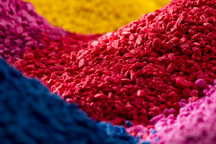 Thermoplastic
Thermoplastic ABS
ABS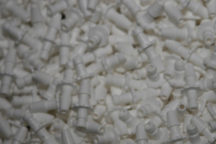 Acetal
Acetal Acrylic
Acrylic EMI
EMI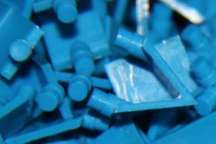 Noryl (PPO)
Noryl (PPO)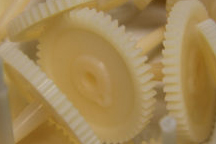 Nylon (Polyamide)
Nylon (Polyamide)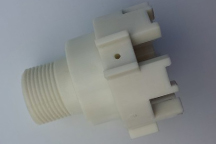 Polybutylene Terephtalate (PBT)
Polybutylene Terephtalate (PBT)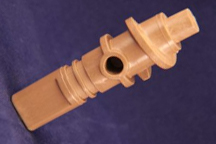 Polyether Ether Ketone (PEEK)
Polyether Ether Ketone (PEEK) Polycarbonate (PC)
Polycarbonate (PC)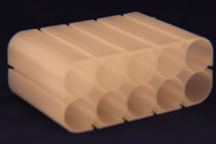 Polyethylene (PE)
Polyethylene (PE)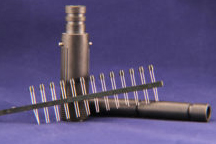 Polyphenylene
Polyphenylene Polypropylene (PP)
Polypropylene (PP)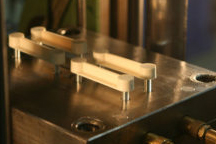 Polystyrene (PS)
Polystyrene (PS)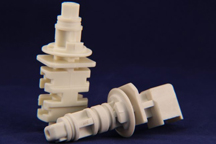 Polysulfone (PSU)
Polysulfone (PSU)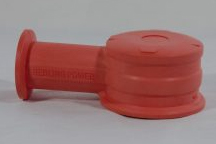 Thermoplastic Elastomers
Thermoplastic Elastomers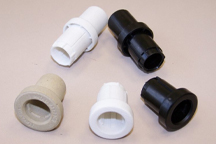 UHMW
UHMW Polyetherimide (Ultem)
Polyetherimide (Ultem)